April's Monthly Newsletter
Rome has had a curious start to spring: blue skies and burgeoning wisteria alternating with gelid winds and impromptu hail storms. With the notable exception of 2020, when no one could go anywhere and of course the sun shone, Easter Sunday has been blustery since time immemorial. Twas ever thus.
As Easter approaches, and blossom obediently advertises a promise of new life and rebirth as old as the (seven) hills, preparations are underway for Rome to put on one of her most spectacular shows.
Tomorrow evening the Pope will preside over the traditional Good Friday Via Crucis at the Colosseum. Lighting rigs, and metres and metres of cables, have been appearing for over a week; the nuts and bolts of the practicalities of the event somewhat at odds with its glorious timelessness. Despite this timelessness, and though the Via Crucis is a medieval rite, the papal iteration at the Colosseum is in fact not terribly ancient at all. The Colosseum was first consecrated to the Passion of Christ by Benedict XIV in the Holy Year of 1750. Two hundred years later, in 1959, the papal procession was again held by John XXIII and it was reinstated by Paul VI in 1964 when it was first televised by the RAI.

Ancient or not, it is a very powerful spectacle which illustrates Rome’s history splendidly. Tomorrow evening, illuminated by all those strategic lamps and by flaming torches, Pope Francis will conduct the rite from amid the ruins of the temple of Venus.
The temple was built by Hadrian as Rome rode high on the pinnacle of Imperial power and alludes to Rome’s most ancient and legendary origins some eighteen centuries earlier. Long before Rome was ever thought of, Aeneas, hero of Troy and son of Venus, escaped the flames of the besieged city and embarked on the kind of torturous journey across the Mediterranean favoured by classical literature. Aeneas would wash up, the story says, on the coast of central Italy where today a beach club bears his name. I think that’s a marvellous piece of insouciant erudition.

Umpteen generations later, Romulus, a direct descendant of Aeneas, founded Rome (also in April, the pull of Spring is strong). Some seven centuries after the legendary foundation of the city, Augustus rose to power as Rome’s first emperor claiming descent from Romulus and thus Aeneas and Venus and he exploited his familial links to maximum advantage. He was also granted the title of the Roman high priest, Pontifex Maximus: the boundaries of church and state, so to speak, blurring ever more. The temple of Venus, built over a century of Augustus’ death, thus alludes to Rome’s archaic origins: it is a city willed by the gods.
After the temple was built, those gods began gradually to lose their clout as another—eastern, monotheistic—religion spread ever more rapidly through the Empire. In 313 the Emperor Constantine decriminalised Christianity and seven decades later Christianity became the only religion of state, and the Imperial title of high priest was transferred to the Bishop of Rome. And so it is that tomorrow evening, at the tail end of the first quarter of the twenty-first century, when an elderly Argentinian gentlemen carries out a medieval rite under modern lights he will do in his capacity as Pontifex Maximus, a title which was already ancient when it was accorded to Augustus over two millennia ago. Isn’t that amazing?
Happy Easter! Agnes


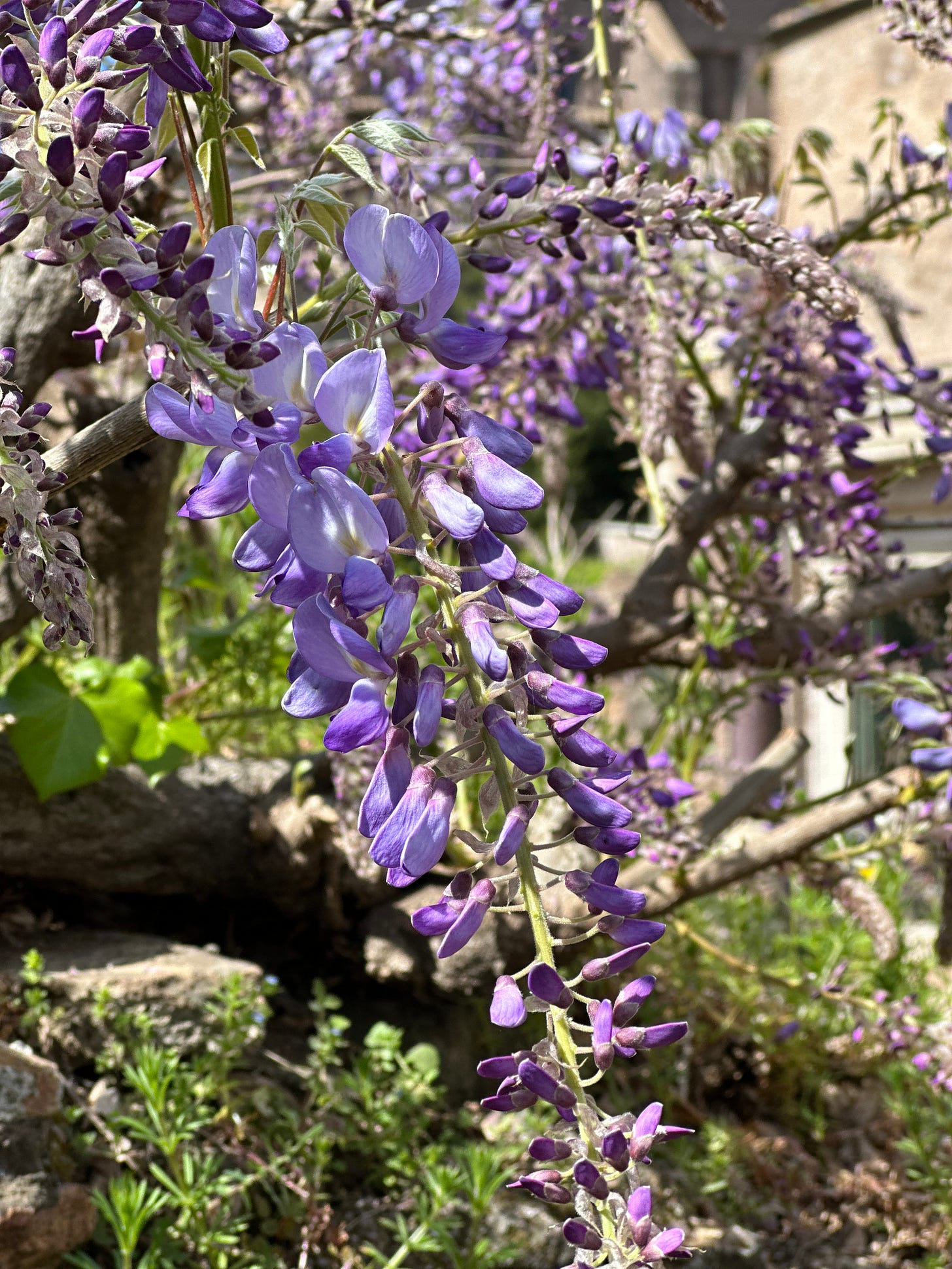

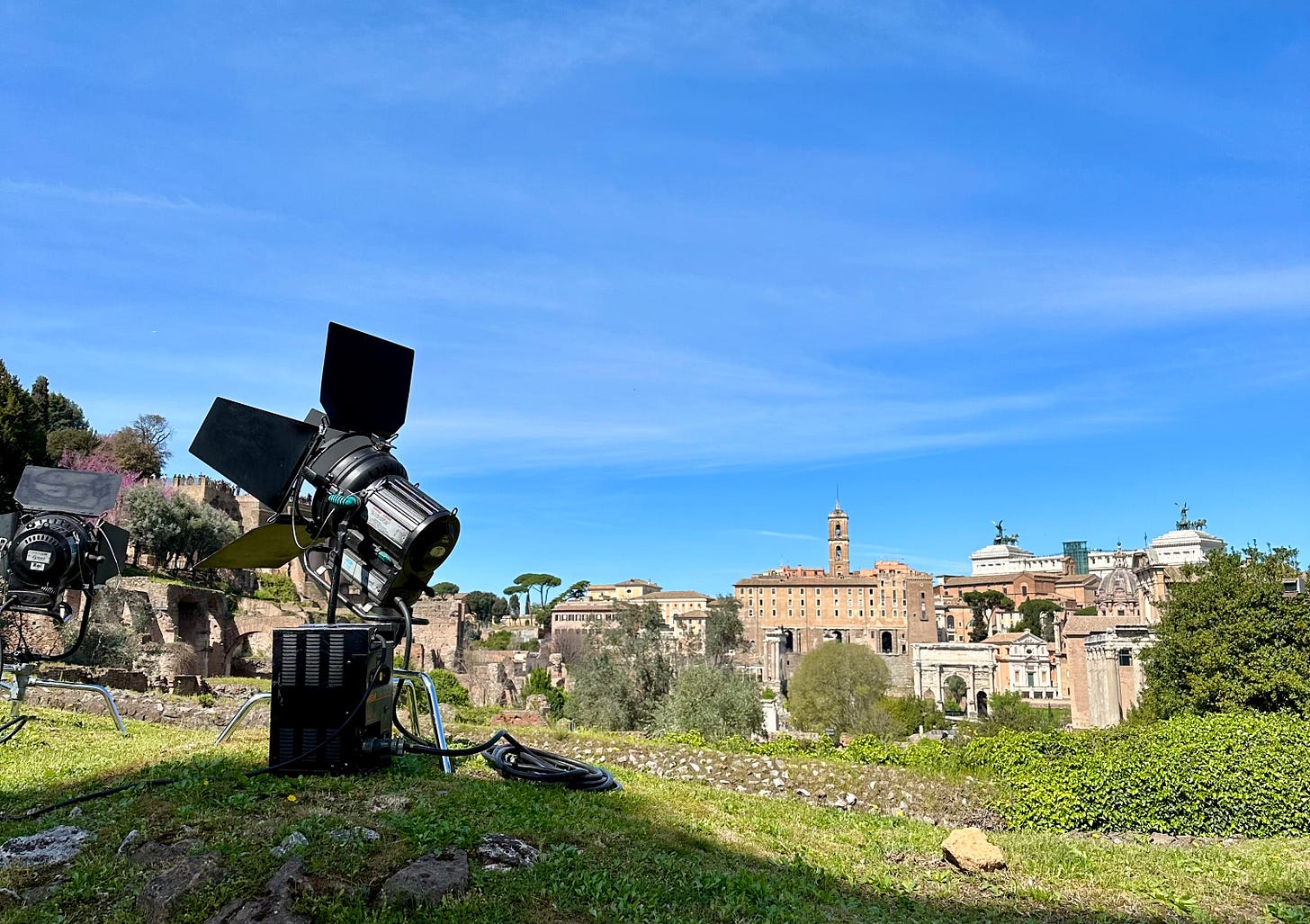
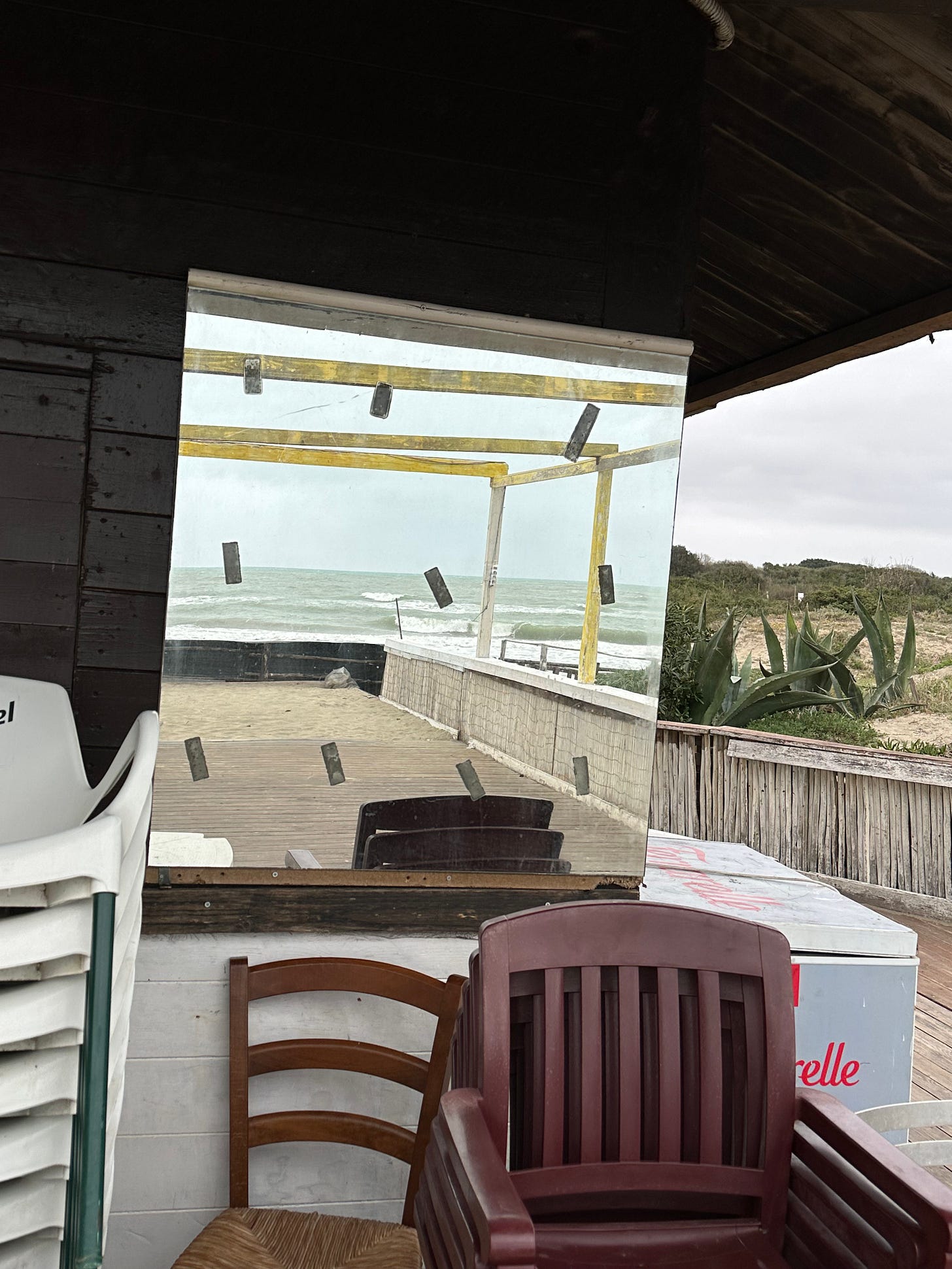
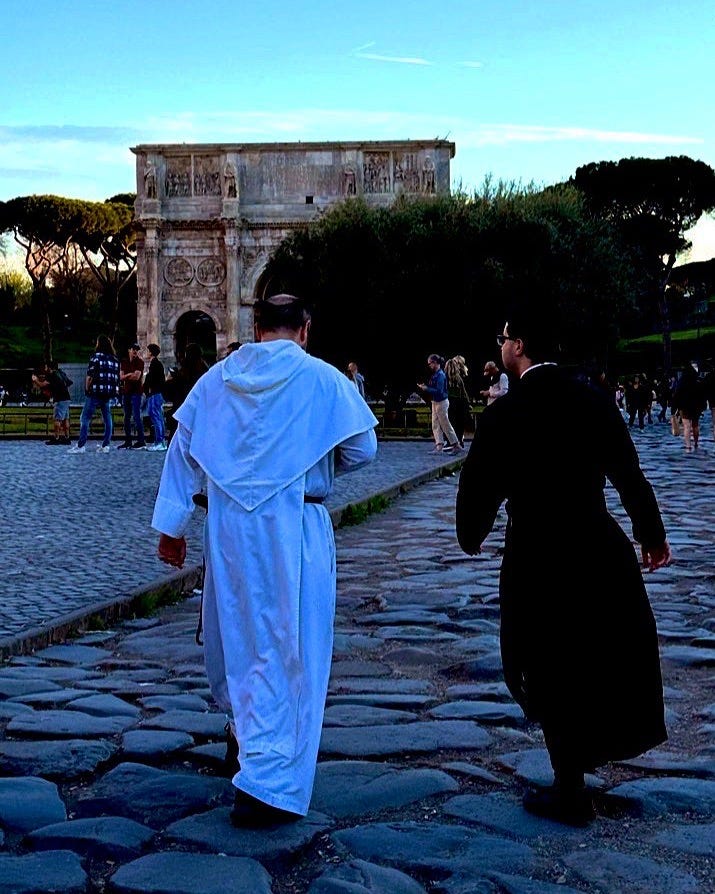
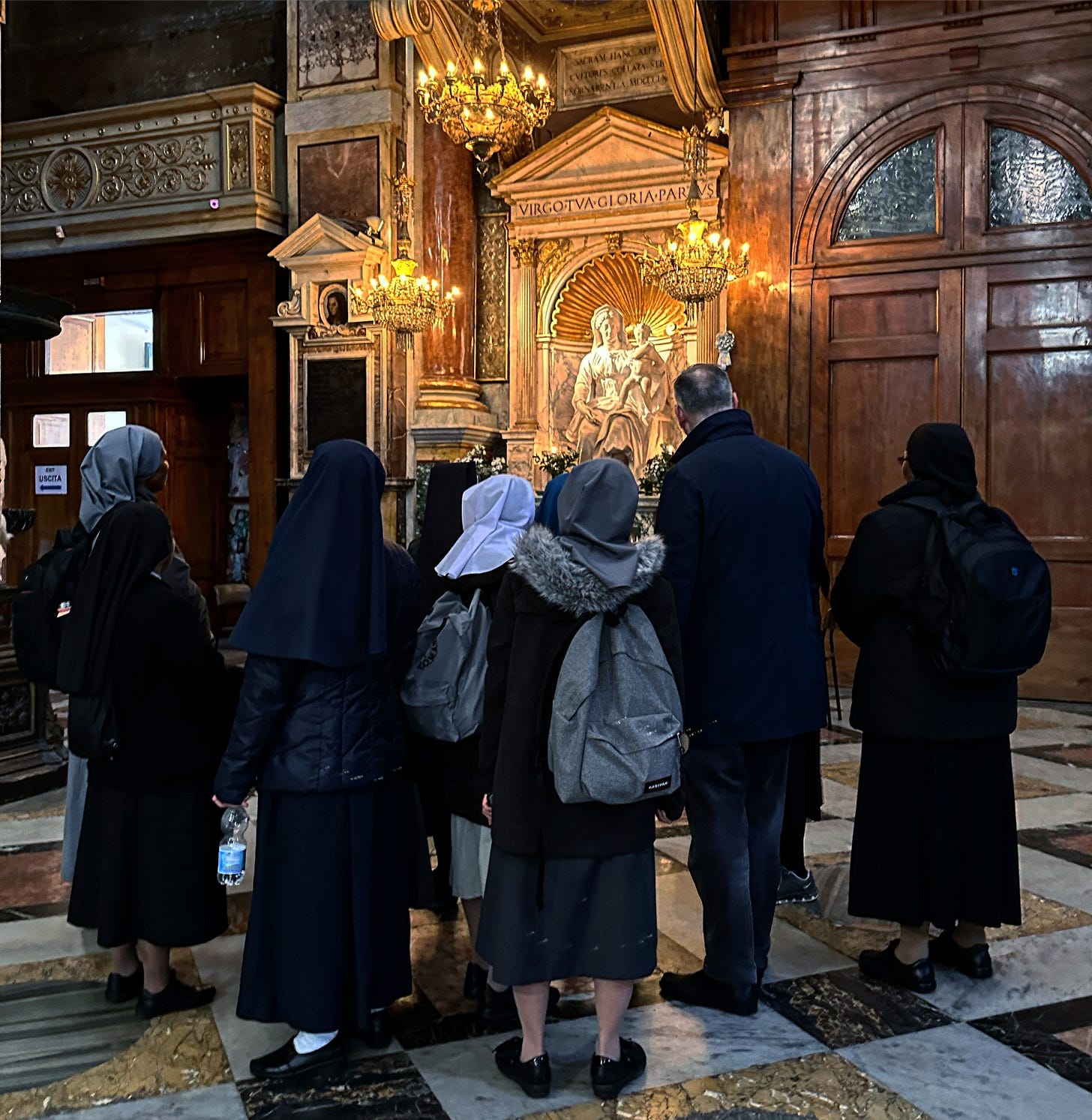
Buona Pasqua from Charleston, South Carolina! Wish I could be in Roma for Settimana Santa!
Yes, it is amazing, and at the same time, totally selbstverstaendlich.